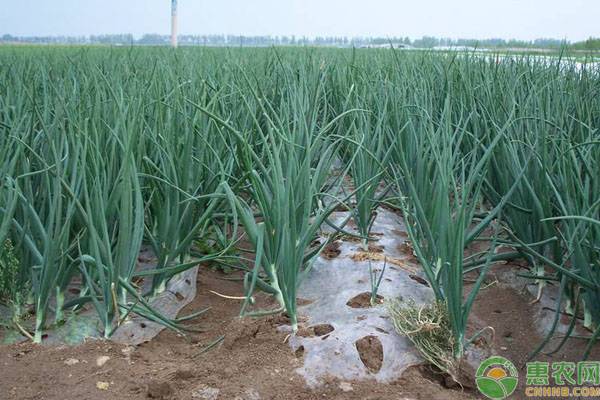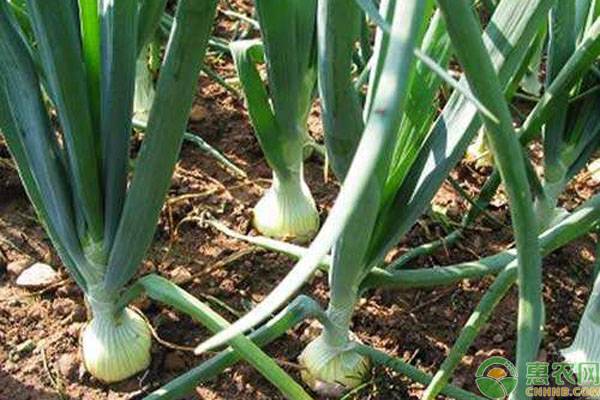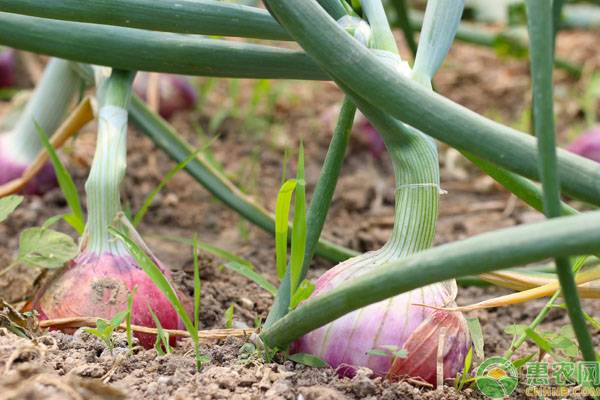Onions are commonly grown garlic vegetables. In recent years, onion sales and market prices are good, and the planting area is also expanding. For growers, the most important issue is the management of onion cultivation. Spring onions enter the rejuvenation season. So what can be done to make the onion yield high and the variety is good? Let's take a look at it. Spring onion field management matters 1, watering In the early spring, the temperature of the gas is low, the roots and leaves grow slowly, the watering should not be too diligent, and the amount should not be too large. In order to keep the onion moist environment and maintain the soil temperature, the green water should be poured back in time after the seedlings return to green. The principles of diligent soil and so on are convenient for smoothing seedlings and promoting root development. When the weather temperature is stable at 15-16 degrees Celsius, the upper part of the onion ground enters a vigorous growth period, and watering can be appropriately strengthened. When entering the bulb expansion period, the watering should be stopped to carry out the seedling treatment, inhibit the leaf growth, and promote the transportation of nutrients to the base of the leaf sheath to promote the smooth expansion of the bulb. After the onion seedlings, the underground bulb part begins to expand. This time is the key period of watering and topdressing. The amount and frequency of watering should be increased, and the soil is often kept moist. During the expansion period of onion bulbs, sufficient moisture should be maintained in the field to prevent premature senescence of the plants, and the bulbs are small and the yield is reduced. It should be noted that watering should be stopped one week before harvest to reduce the water content of the onion head and increase the storage resistance. 2, fertilization Onions are fertile crops that generally peak during the period of rapid bulb growth. At this time, the amount of fertilizer is the largest. The amount of fertilizer required during the vegetative growth period is increasing with the growth amount, so the nutrient should be sufficient during the growth period, and the heavy fertilizer should be applied during the bulb expansion period to ensure the plant is robust and the bulb is hypertrophied. When spring returns to green, it should be combined with watering to apply a fertilizer, about 10 kg of urea is applied, and about 20 kg of compound fertilizer is used to promote greening and hair growth; after one month, the temperature gradually rises and the leaves enter a vigorous growth period. If the amount of fertilizer needed is increased, the second fertilizer can be applied according to the watering. The amount of application depends on the soil fertility and growth. Generally, about 20 kg of urea and compound fertilizer can be applied per mu. Two months after returning to green, the aboveground part can be completed, the leaves are no longer raised, the nutrients are transferred to the bulbs, and the bulbs are inflated. At this time, the amount of fertilizer needed is the largest, and phosphorus and potassium fertilizer should be added; especially underground. When the onion is about the size of the egg, it must be re-fertilized. Generally, about 20 kg of urea is applied to the mu, and about 30 kg of NPK compound fertilizer is used to ensure sufficient nutrients to promote plant growth and bulb expansion. In addition, the onion should be returned to the early stage of bulb expansion, and the field should be irrigated and weeded about 2-3 times, especially after watering or after rain, timely cultivating and weeding can make the soil loose, increase permeability, and improve and maintain the ground temperature. To promote plant root growth, and to prevent weeds from "contention" in the field of nutrients. How to prevent early onset twitching in spring Early convulsions refer to the phenomenon of sudden convulsions and flowering when the onions enter the bulbs. That is to say, the bulbs of the onions cannot be swollen smoothly, and the nutrients are consumed by flowers and mites to reduce the quality of the bulbs. Control method: 1, should choose the appropriate variety planting, such as: yellow skin varieties are more resistant to convulsions; sowing period should be appropriate, according to the weather temperature to determine the time of sowing, when there are signs of warm winter, the planting time should be postponed. 2. Field management should be strengthened after the onion field returns to green, especially the management of water and fertilizer. When returning to green, combined with watering and topdressing, promote early plant growth; the above-ground part of the vigorous growth period and bulb expansion period, to increase the amount of topdressing and watering, to ensure that the bulb can continue to expand, inhibit reproductive growth. When there is convulsion in the field, the flower buds should be removed in time to reduce the excessive consumption of nutrients. Onion pests are more common in thrips, and garlic. In the early stage of the disease, it can be sprayed with imidacloprid, and it can be controlled by phoxim. It has a good control effect. The above is the introduction of spring onion field management and control convulsions. If you grow onions yourself, if you want to produce high yields, you still have to worry about management. For the wonderful pictures and popular comments on spring onion management, you may be interested in the following recommended content, welcome to read. Ophthalmology Drape,Surgery Ophthalmology Drape,Disposable Ophthalmology Drape,Ophthalmology Surgery Eye Drape Xinxiang Huaxi Sanitary Materials Co., Ltd. , https://www.huaximedical.com

